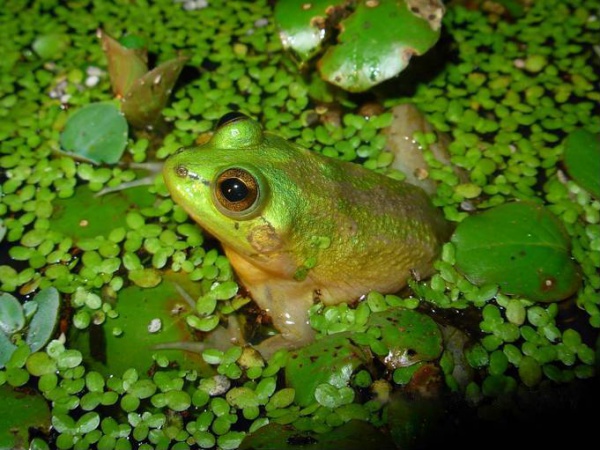Facts About Swimming Frog
The paradoxical frog, scientifically named Pseudis paradoxa, is a fascinating species of hylid frog indigenous to South America. It is commonly referred to as the "shrinking frog" due to its unique life cycle. The frog begins its life as an exceptionally large tadpole, growing up to 27 centimeters in length, but undergoes significant reduction in size as it metamorphoses into an adult, ending up only a quarter to a third of its original size.
These frogs inhabit various aquatic environments throughout South America, including ponds, lakes, and lagoons. Their geographical range encompasses the Amazon Basin, the Guianas, Venezuela, Trinidad, as well as parts of Colombia and Argentina.
Adult paradoxical frogs typically measure between 3.4 and 7.6 centimeters in length. They exhibit diverse colorations in shades of green and brown, often featuring dark stripes or mottling. Female frogs lay their eggs among aquatic plants, from which the notably large tadpoles emerge. The size of these tadpoles can vary based on food availability and the presence of predators in their habitat. Tadpoles primarily feed on algae, while adult frogs consume insects, invertebrates, and occasionally small frogs. When threatened, the frog uses its powerful toes to stir up the muddy substrate to conceal itself, a technique it also employs for foraging.
Notably, scientists have identified a compound in the skin of the paradoxical frog called pseudin-2, which provides the frog with protection against infections. Researchers from the University of Ulster and the United Arab Emirates University have synthesized pseudin-2 and found that it can stimulate insulin secretion in pancreatic cells. This significant discovery, made in March 2008, suggests that pseudin-2 holds potential as a treatment for Type 2 diabetes.

 Bolivia
Bolivia